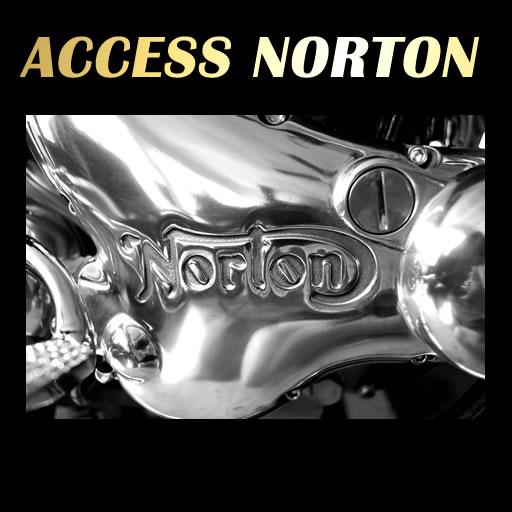Bonzo
VIP MEMBER
- Joined
- May 8, 2022
- Messages
- 890
I tried searching for this topic, but it led me to a dead link (probably vintage).
My '74 mk2 is held up on its original shimmed isolastics. I have the front & rear vernier conversion kit from AN and bought them as a winter off the road project.
Currently my bike has the head off, so was thinking it might be a good time to have a go at the front iso, whilst the ex pipes are off, and leaving the rear until winter.
Then, reading NW's book, came across the section about the replacing the rear iso's on post '70 machines.
"Removing the power unit completely to replace the rear iso's is not entirely necessary. Remove rear wheel, release shocks from s/a, coil & brackets (done), head steady (done), front iso (would be done), ex system (done), oil hoses and finally rear iso stud. The sub assembly can be tilted forward enough to expose the rear iso tube enough to extract the rubbers".
If anyone has used this method to get to the rear isolastic, my question is, does this translate in reality?
And if so (or not), any tips?
I'm contemplating tackling the job as I know it will need to be tackled at some time, and if Norman's wording is to be believed, I have a disassembly head start.
My '74 mk2 is held up on its original shimmed isolastics. I have the front & rear vernier conversion kit from AN and bought them as a winter off the road project.
Currently my bike has the head off, so was thinking it might be a good time to have a go at the front iso, whilst the ex pipes are off, and leaving the rear until winter.
Then, reading NW's book, came across the section about the replacing the rear iso's on post '70 machines.
"Removing the power unit completely to replace the rear iso's is not entirely necessary. Remove rear wheel, release shocks from s/a, coil & brackets (done), head steady (done), front iso (would be done), ex system (done), oil hoses and finally rear iso stud. The sub assembly can be tilted forward enough to expose the rear iso tube enough to extract the rubbers".
If anyone has used this method to get to the rear isolastic, my question is, does this translate in reality?
And if so (or not), any tips?
I'm contemplating tackling the job as I know it will need to be tackled at some time, and if Norman's wording is to be believed, I have a disassembly head start.
Last edited:


